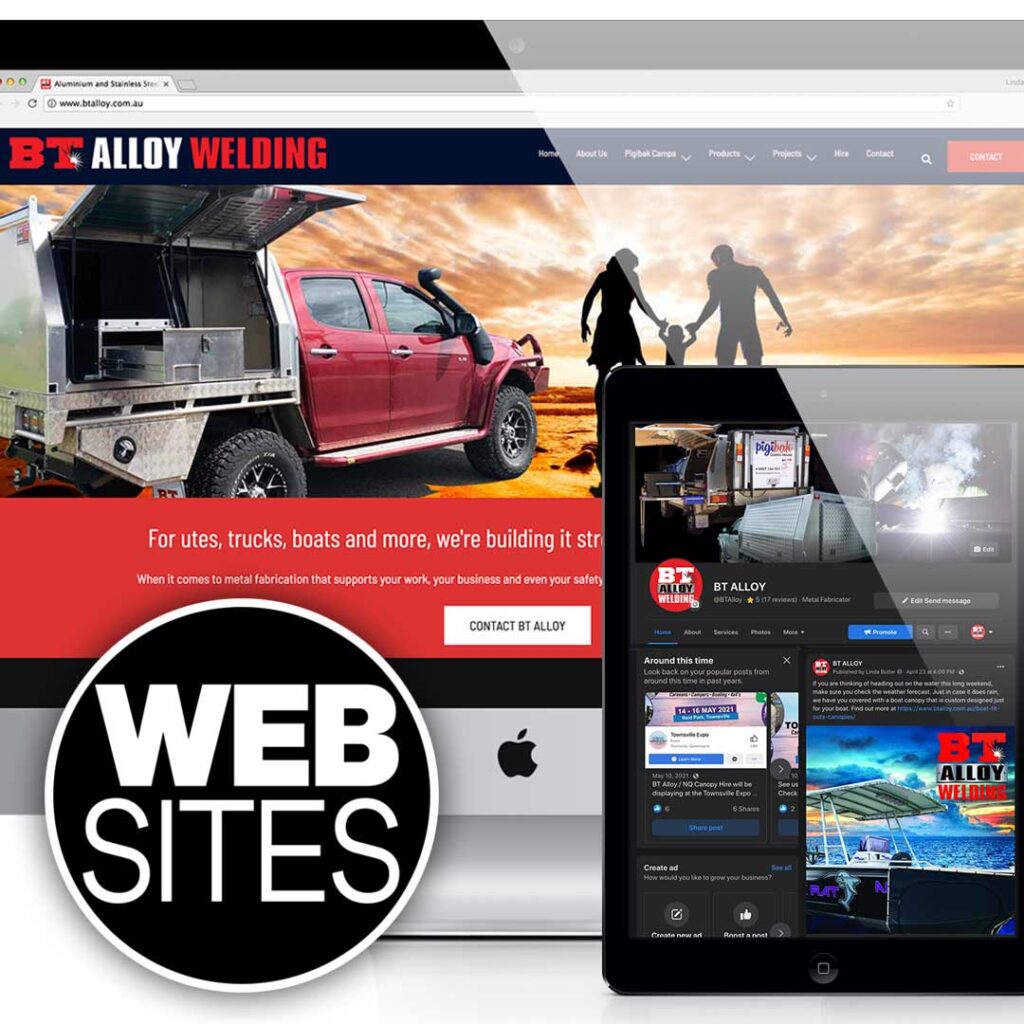Essential elements for building a strong Business Brand Identity…
Business branding consists of several key elements that work together to create a cohesive and recognisable identity for a company. These elements shape how the business is perceived by its audience and differentiate it from competitors. Here are 12 key elements for creating your business branding:
1. Brand name
The name of the business is often the first point of identification. A strong brand name is memorable, reflects the business’s identity, and is easy to pronounce and recognise.
2. Business logo
Your logo is the visual symbol or design that represents the business. A logo is crucial in creating immediate recognition and visual association with the brand. It should be simple, versatile, and reflective of the business’s core values.
3. Business tagline or slogan
A business tagline or slogan is a short, catchy phrase summarising your brand’s promise or key message. It should convey the business’s mission or value proposition in a memorable way (e.g. Nike’s “Just Do It”).
4. Brand colours
Colours play a significant psychological role in branding and evoke emotions and perceptions. Consistent use of colours helps create visual continuity for your business. Check out Why Colour Matters in Design.
5. Typography
Typography is the fonts or typefaces used in your brand’s logo, website and marketing materials. It should align with your brand’s personality and values, whether formal, playful, bold or elegant.
6. Brand voice and tone
Your brand voice is the style of communication you use across all touchpoints, including ads, social media and customer interactions. The voice should reflect the company’s values (e.g. professional, friendly, authoritative or humorous).
7. Brand story
Your brand story is the narrative that communicates your brand’s origins, mission and vision. A strong brand story connects emotionally with customers and helps create a deeper relationship with the audience.
8. Brand values
Your brand values are the core principles or beliefs that guide your business’s actions and decisions. These values should align with both the internal business culture and the way the business interacts with its customers.
9. Customer experience
Every interaction a customer has with your business, whether it’s through customer service, website or the product itself, needs to be consistent. Positive experiences strengthen your brand and build trust.
10. Printed material
Printed promotional materials include business cards, flyers, brochures, signage, packaging, uniforms etc. The physical appearance of any printed material should align with your brand’s identity. Be consistent with the use of your logo, fonts and colours.
11. Website and digital presence
A business’s website, social media profiles and digital content reflect its brand image. A user-friendly, visually consistent digital presence enhances brand awareness and engagement.
12. Brand consistency
Maintaining a uniform brand experience is essential across all platforms, whether online, in-store, or through advertisements. This will help to solidify your brand in consumers’ minds.
In conclusion!
Together, these elements form the foundation of a brand’s identity, helping businesses communicate who they are, what they stand for, and how they want to be perceived by their target audience.
Feeling overwhelmed?
Creating a brand is less expensive than you might think. You can become a magnet for your dream customers with a brand identity that will help your business “STAND OUT”. A great start is to select a SMALL BUSINESS BRANDING PACKAGE. There are 3 Small Business Branding Package options to suit any budget.
There is a lot to consider when creating your brand, but I am here to help. CONTACT me today.




